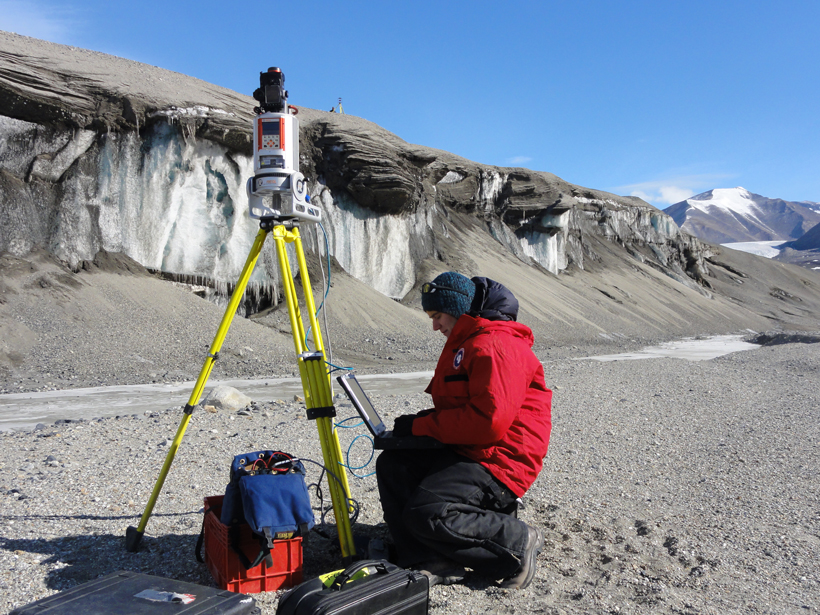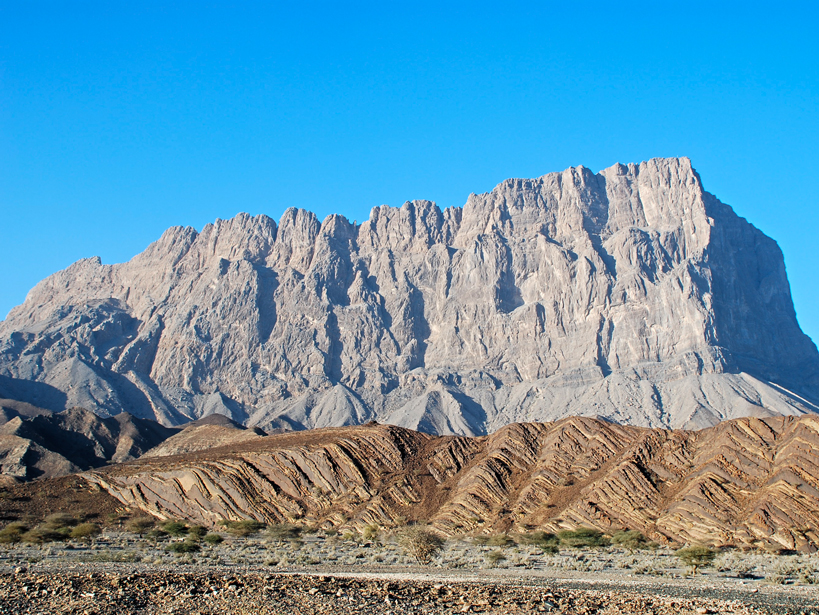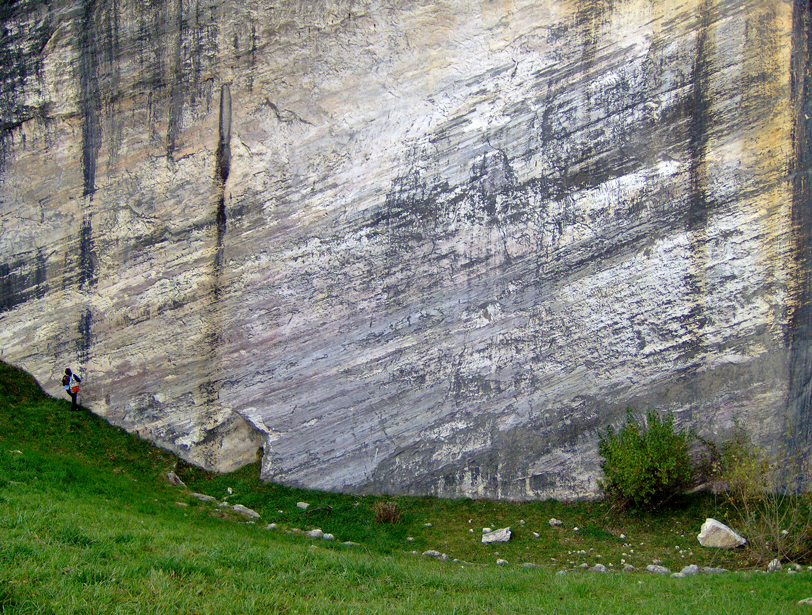Instrumentation for Polar Glaciology and Geophysics Research Workshop; Baltimore, Maryland, 9–10 October 2014
Science Updates
Volatiles in Mars: Constraints, Questions, and Future Directions
Workshop on Volatiles in the Martian Interior; Houston, Texas, 3–4 November 2014
Exploring Natural Hazard Policies with Bike Helmets and Bus Fares
A close look at everyday decisions—whether or not to wear a bike helmet or cheat on bus fare—helps students learn about assessing natural hazards, mitigating risks, and setting political priorities.
Climate and Ocean Dynamics During the Cretaceous
Exploring the Cretaceous World with Data and Numerical Models; Capo Granitola, 2–4 October 2014
Coastal Altimetry Challenges Our Understanding of Short Scales in the Ocean
8th Coastal Altimetry Workshop; Konstanz, Germany, 23–24 October 2014
Changing of the Guard: Satellite Will Warn Earth of Solar Storms
This summer, Earth gets a new guardian—the Deep Space Climate Observatory—to help warn astronauts and operators of critical planetary infrastructure about the Sun's raging magnetic storms.
Exploring Earthquakes, Slow Slip, and Triggering
Earthquakes: Nucleation, Triggering, and Relationships With Aseismic Processes; Cargèse, Corsica, France, 3–10 November 2014
Observing and Modeling the Atlantic Meridional Overturning Circulation
2014 U.S. AMOC Science Team Meeting;
Seattle, Washington, 9–11 September 2014
Water Levels Surge on Great Lakes
The recent 2-year surge represents one of the most rapid rates of water level change on the Great Lakes in recorded history and marks the end of an unprecedented period of low water levels.
How Do High-Latitude Volcanic Eruptions Affect Climate?
High-Latitude Volcanic Eruption Impacts on Climate: Filling the Gaps; Stockholm, Sweden, 5–7 November 2014









